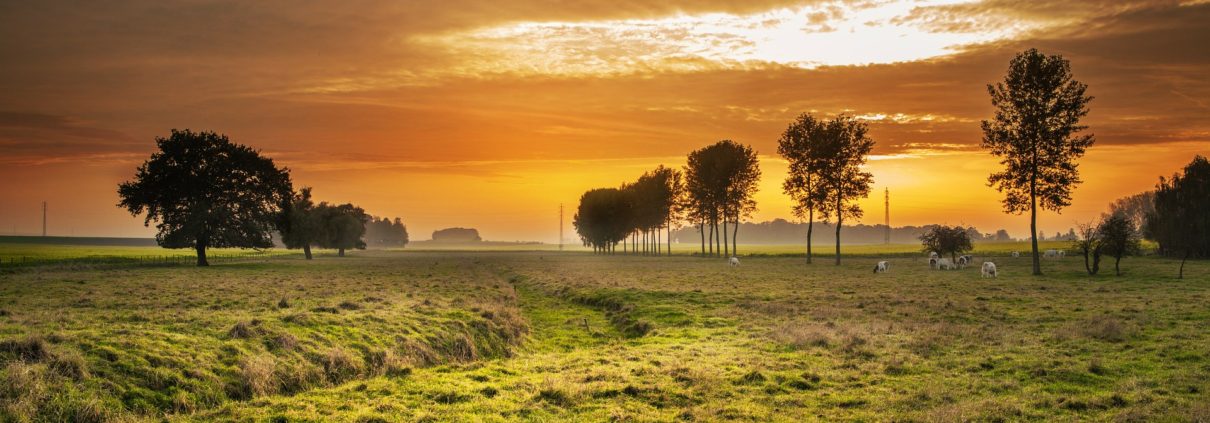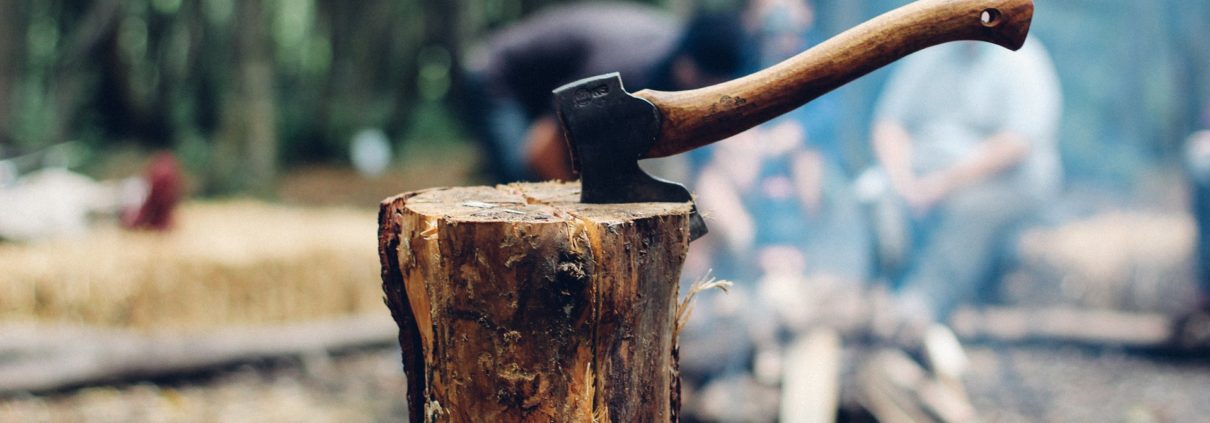Four Tips for a Successful First Year as a Land Agent
Becoming a land broker sounds fun. You see all the cool pictures, videos, and listings that agents post online and on social media, so you think “Hey, I like the outdoors, I like to hunt and fish, I know my way around the woods, so I’m going to become a land agent and just watch the money roll in.” As many a land broker will tell you, you are dead wrong. Selling land is a lot like farming. It takes time, money, strategic planning, and at the end of the day, a lot of your success still depends on the weather. Here are some tips for getting over the learning curve as a new agent:
- Hope for the best, plan for the worst – Don’t just run out and buy a fancy 4×4 truck, UTV, winches, and tires. Being able to navigate rural lands is important, but don’t spend money you don’t have yet to do it. Be modest, create a budget. Work with your broker to outline how much you should allot to your personal digital marketing, print marketing, networking opportunities, etc. and understand when you can expect those efforts to start taking hold. Don’t spend money you don’t have just to break even later. Economies change much like the weather, and as long as you’re not over extending and you are able to adjust, selling land in a bad economy can be equally or more profitable than selling land in a good economy. Learn how to pivot your business around whatever industry weather changes may come
- Educate yourself at every opportunity. If you want to be an expert, don’t just play one online. Invest in yourself and become one. Join professional organizations like RLI and align yourself with industry leaders, working toward meaningful designations like that of the Accredited Land Consultant. Learn from those around you in the industry, from their mistakes as well as their successes. Follow and understand pressing industry issues: income taxes, tax shelter opportunities, current or upcoming regulations, laws, or policies that effect your client base, etc. You will be most successful in this business when you know how to best make or save your clients money.
- Network & get referrals. Everybody uses postcards, letters, online gimmicks, etc. to promote. Nothing wrong with that; it’s a necessity we all face, but networking is one of the most fruitful investments of time you can make in our industry. The larger the network of people that understand who you are, what you do, and why you are an expert in your field, the more business will walk in your door without you having to spend your valuable budget dollars trying to procure new clients. Start with your friends and family. They are the bedrock of a strong network and the people that will be your biggest promoters. Add your past clients to that essential list once you start to have them. A major key to successful professional networking is reciprocating. Be generous and genuine in your referrals of other professionals first, without expecting or asking for anything in return, and it will pay great dividends throughout your career. Being an RLI member aligns you with a vast network of land professionals from across the country, so make sure to take advantage of it.
- Above all, align yourself with a strong brand. By now, we’ve all heard about branding and how important it is. In this context, it’s not only about having a recognizable logo. It’s about what’s behind the logo: like the leadership and support team. Before you join a company, understand its culture and make sure it aligns with your personality and your goals. Join a company that invests in you, promotes your growth, provides educational opportunities, mentorships, etc., one that is constantly innovating and evolving rather than one that’s just waiting on the next disruptor to emerge and knock them backwards.
At the end of the day, you are not successful in this business because you like land, have a real estate license, and want to be successful. It comes down to what you put into it and being too stubborn to quit when it gets tough. There’s a reason a lot of people in this business wear weather hewn boots and hats – They’ve earned them!
This post is part of the 2019 Future Leaders Committee content generation initiative. The initiative is directed at further establishing RLI as “The Voice of Land” in the land real estate industry for land professionals and landowners. For more posts like this, click here.
 About The Author: Clint Flowers, ALC is a top producer with National Land Realty, a member of the REALTORS Land Institute of Alabama, and a member of the 2018 Future Leaders Committee. He was a NLR Top Producer Nationwide in 2016 and 2017. He also won the 2017 APEX National Broker of the Year award for Timberland.
About The Author: Clint Flowers, ALC is a top producer with National Land Realty, a member of the REALTORS Land Institute of Alabama, and a member of the 2018 Future Leaders Committee. He was a NLR Top Producer Nationwide in 2016 and 2017. He also won the 2017 APEX National Broker of the Year award for Timberland.





 About The Author:
About The Author: 
